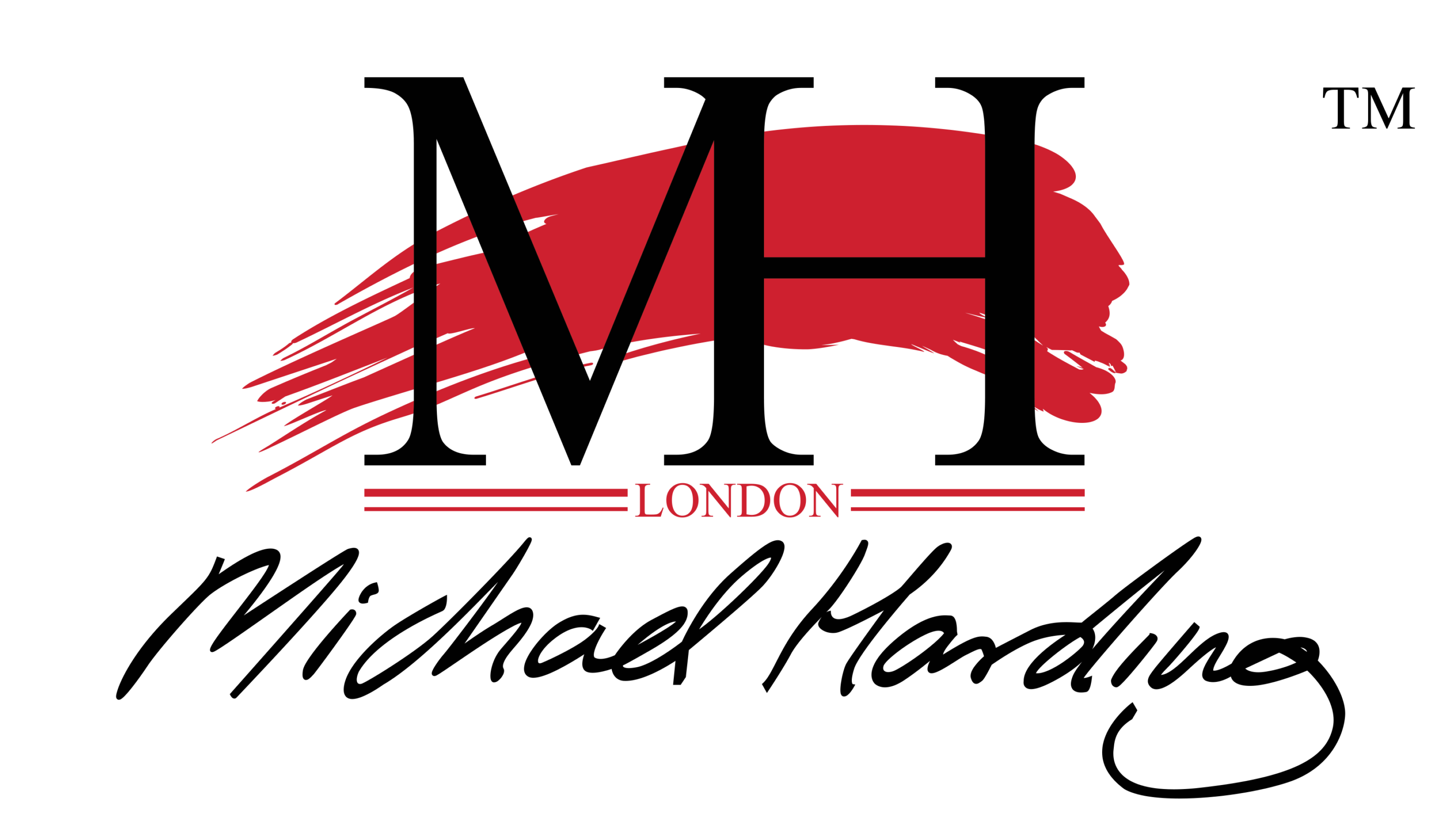It must be obvious that studio practice in colour use long pre-dates scientific theories which attempt to explain it. Only one artistic movement, the neo-impressionism of Seurat and Signac, attempted to order the former according to the latter. For preceding ages the approach was that of pragmatically tested methods for making use of the available physical materials. And though authors such as Vasari and de Mayerne were at hand to take down remarks by Michelangelo and Rubens, their writings and those of Cennino or Leonardo essentially record personal interpretations of a frequently unrecorded corpus of practical knowledge.
Any account of paint handling and mixing starts from fairly commonplace observations. This one is no different.
Oil paint can be applied in, broadly, three distinct strengths:
- in a thick, often textured layer; as impasto.
- in a largely opaque thinner layer.
- in a thin largely transparent layer, as a wash or as a glaze.
The first two can be accomplished by use of a brush or a knife; the third generally requires a soft brush, or even a cloth.
Different colours in oil paint can be combined in three distinct ways:
- by mixing them directly in their wet state on a palette or on the surface to be painted.
- by placing one on top of another in layers.
- by placing one next to another in close juxtaposition.
Clearly each application method (a), (b), and (c) can be used in each and every combination method (i), (ii) and (iii). Impasto can be mixed, layered or juxtaposed; washes or glazes likewise. An historical example could be given of a painter in whose work each combination of methods can be found. Perhaps this classification sounds bone-headed, but it helps to show how various technical attainment can be.
Oil paint evolved from tempera because the latter permitted artists only to weave and hatch over different layers of paint and to a great extent, did not allow the easy fusion of colours directly or the attainment of rich dark passages. But artists inherited methods of application proper to tempera, and so early oil paintings were often begun in tempera alone and then continued with increasing additions of oil to the topmost layers of working. Thus combining colours in successive layers (as in (ii) above) was a natural development of traditional practice. This mode of combination can be examined in the matters of underpainting, coloured priming, and glazing.
